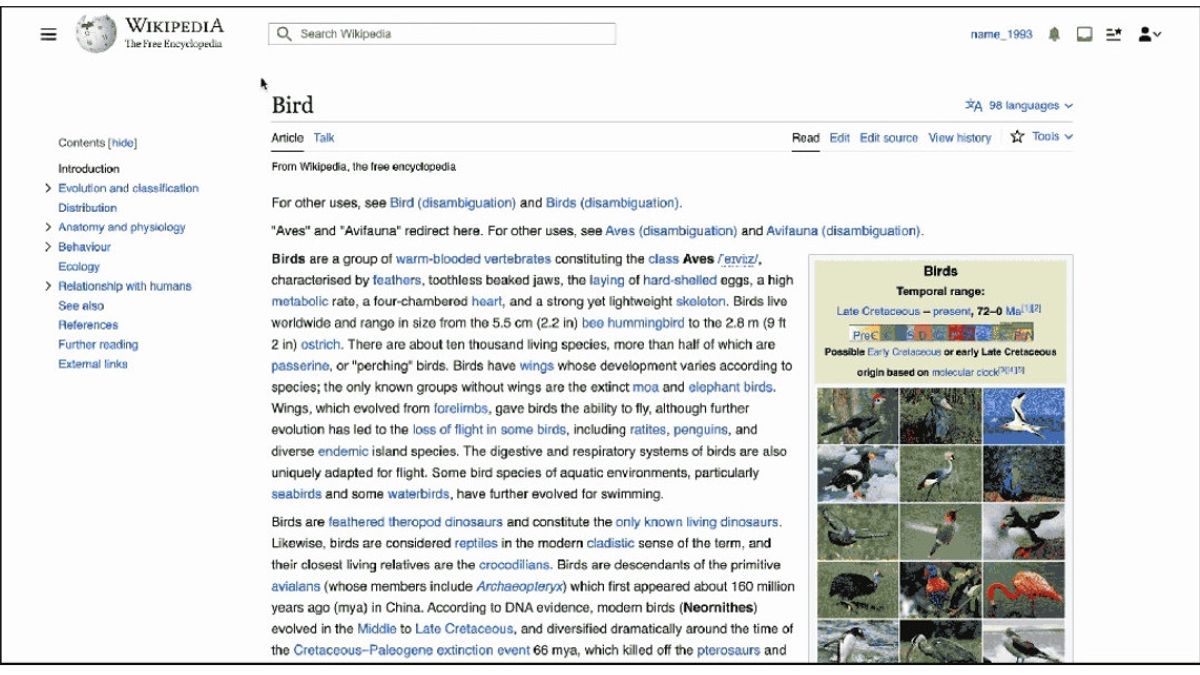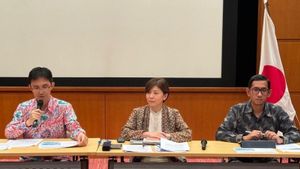JAKARTA - Wikipedia has finally got its first changes on desktop after more than a decade. The updated interface (UI) aims to make the site more accessible and more modern.
This update first appeared for an English version, while the Wikimedia Foundation stated, Wikipedia versions of other languages still have to wait for this new look.
To develop a new interface, the Wikimedia Foundation is engaged with more than 30 different volunteer groups from around the world, with users in places like India, Indonesia, Ghana and Argentina, all helping to test updates and provide insight into product development.
Wikipedia's desktop update is one of the major improvements Wikimedia Foundation is making to help people access world knowledge easily, to support our mission of ensuring everyone on the planet has access to free and equal knowledge, wherever they are. stay or where they come from," said Chief Product and Technology Officer at the Wikimedia Foundation, Selena Deckelmann.
This new interface brings the field of search that has been centered and moved to the top of the left menu page and bar, where users can easily jump to various sub-judles across the page.
If the browser is too small, the foldable cydebar menu for a more distraction-free reading experience and changes to the maximum linewidth. The Wikimedia Foundation explains, limiting the length of text width makes the reading experience more comfortable and increases content retention.
However, toggles are available for users who enter and leave on each page if the monitor is 1600 pixels or wider, where users can increase the page width.
Launching TechCrunch, Friday, January 20, incoming users can also set the width on their preferences page. The font default size is also increased for better reading convenience.
Another design change is a language diversion, now raised to a new position that is more prominent at the top right, readers and editors can easily switch between more than 300 supported languages.
This feature can help in emerging markets where multilingual users sometimes want to access pages from other languages.
These features are made with feedback from readers and volunteers from around the world, aiming to meet our increasingly diverse audience needs, while maintaining a simple and straightforward impression that millions of people have trusted over the past 22 years, "said Deckelmann.
The English, Chinese, Japanese, Arabic, and French versions are automatically generated by the AI. So there may still be inaccuracies in translating, please always see Indonesian as our main language. (system supported by DigitalSiber.id)









